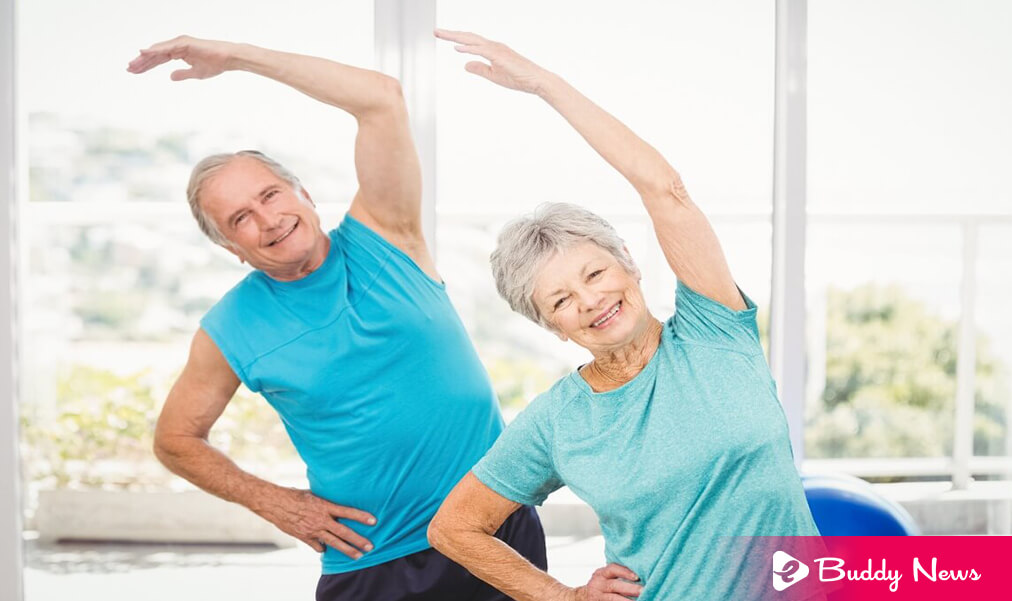What Are The Exercises For Seniors With Arthritis To Do?

If you have rheumatoid arthritis in old age and low-impact aerobics, strength training and stretching can help prevent stiff joints, build muscle, improve endurance, and benefit your heart, bones, and mood.
Of course, it is essential to know more about your body. If you are going through an arthritis flare-up, you can rest from exercise for a few days. But if you feel fine, you can continue with activities that don’t hurt. Contact the doctor about the most appropriate exercises for seniors and when to stop the routine due to arthritis symptoms.
Exercises For Seniors With Arthritis
Do routine exercises, which experts suggest for seniors with arthritis. They are:
Stand Up From A Chair
People who want to develop leg muscles can do this exercise.
To perform this, sit in a chair of normal height, stand up and sit down without falling. Focus on controlling the movement, using your arms to help you if necessary. Try to do 10 to 15 repetitions daily.
A small tip is to try a lower chair if it seems too easy. Too hard? Find a higher chair.
Yoga
Almost everyone can benefit, even people with swollen and tender joints.
Yoga offers two great benefits for people with RA. First is relaxation techniques, which promote a healthy immune system and help reduce joint inflammation. Also, gentle stretches are great for maintaining mobility and movement.
Avoid power, hot, and Vinyasa yoga, which can put excessive pressure on your joints.
To Walk
Walking is best for everyone unless walking is too painful.
Walking is an excellent aerobic activity that strengthens bones. Studies recommend walking three to five days weekly for at least 30 minutes.
Your stamina increases if you walk for longer periods, but it’s okay to start with 10 minutes and work your way up.
Pilates
It is best for RA patients who want stronger muscles.
Pilates is great for stabilizing joints and strengthening the muscles that support the joints. Try the ‘bridge.’ Lie on your back, bend your knees and place your arms along each side of your body. Exhale through pursed lips as you contract your abs and lift your pelvis.
Keep remembering that it doesn’t arch your back or bend your knees. Take inhale through your nose and hold the position. Exhale as you lower your pelvis to the floor and repeat.
Water Exercises
People who have significant joint pain can do this.
Briskly walk from one side to the other in a lap pool (4 feet deep). The water will facilitate pressure on your joints.
Some gyms have treadmills at the bottom of the pool. These allow you to move without putting pressure on your hips, knees, or ankles.
Make a conscious decision to stay positive and lead a healthy lifestyle by eating well, being physically active, and finding ways to work through any emotional issues related to your diagnosis. Your body is going through something rough, do all you can to give it a break!
Cycling
It is suitable for anyone with foot or ankle problems.
Whether biking outdoors or sitting on a stationary bike, cycling offers great cardiovascular benefits without impacting your joints. It strengthens your legs and arms.
Try walking for ten minutes at a time. Build up to 30 to 40 minutes twice a week.
You may experience pain after exercising if you haven’t been active for a while. If you are sore for more than 2 hours after you exercise, you’ve probably overdone it. Always talk to your doctor about what pain is normal and what pain is a sign of something more serious.














